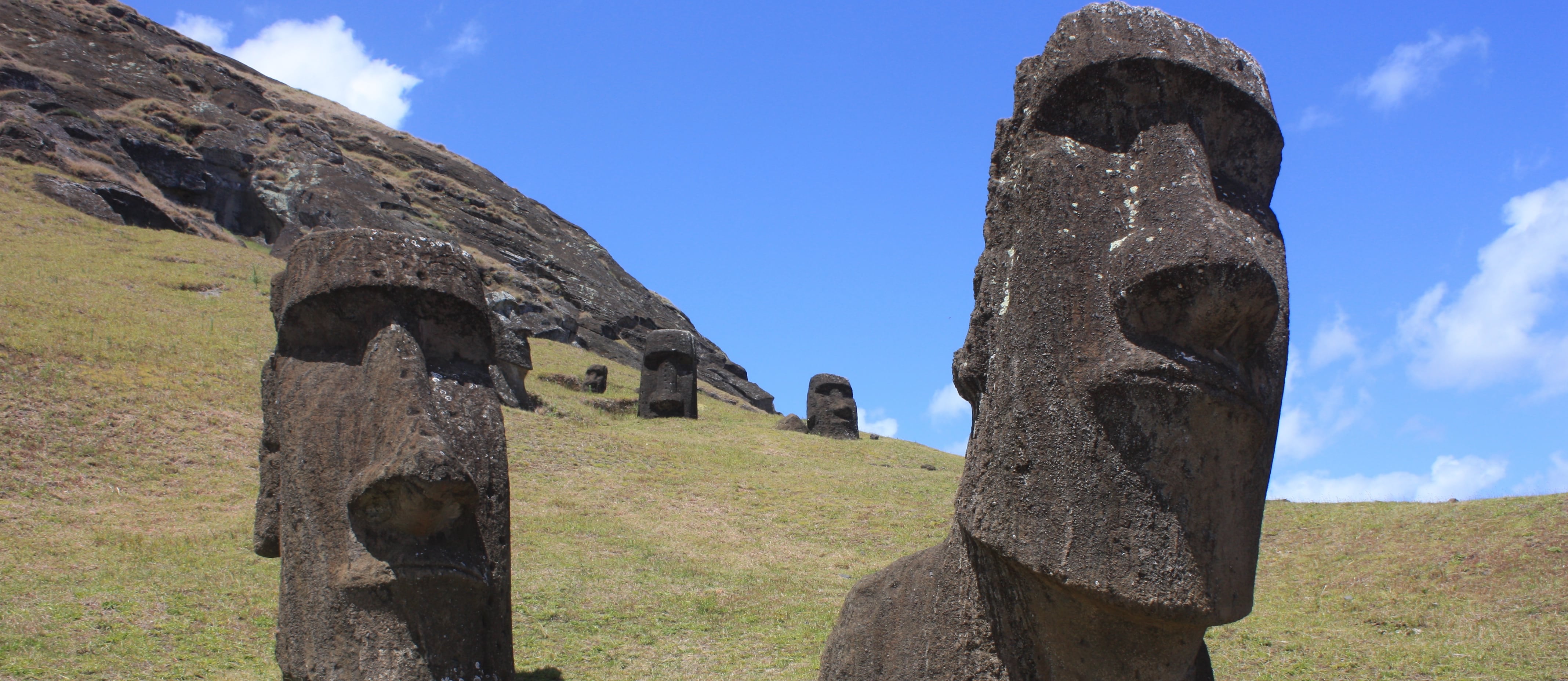Thanks to advances in modern medicine, we are living longer lives, but we’re doing it by lengthening the morbidity phase. In other words, we live longer, but sicker, lives (see my video: Americans Are Living Longer, but Sicker Lives). So, traditional medicine increases the number of old people in bad health. Ideally, though, we’d extend lifespan by slowing aging to delay the onset of deterioration, rather than extending the period of deterioration.
That’s exactly what a new compound appears to do. It sounds like science fiction. A bacteria in a vial of dirt taken from a mysterious island creating a compound that prolongs life. And not in the traditional medical sense. Researchers in a study profiled in my video, Why Do We Age?, called it rapamycin—named after the bacteria’s home, Easter Island, which is known locally as Rapa Nui. Rapamycin inhibits an enzyme called TOR, or “target of rapamycin.” TOR may be a master determinant of lifespan and aging. The action of TOR has been described as the engine of a speeding car without brakes.
Rather than thinking of aging as slowly rusting, a better analogy may be a speeding car that enters the low-speed zone of adulthood and damages itself because it does not and cannot slow down. Why don’t living organisms have brakes? Because they’ve never needed them. In the wild, animals don’t live long enough to experience aging. Most die before they even reach adulthood. The same used to be true for humans. For example, just a few centuries ago, average life expectancy in London was less than 16 years old.
Therefore, living beings need to grow as fast as possible to start reproduction before they die from external causes. The best evolutionary strategy may be to run at full speed. However, once we pass the finish line, once we win the race to pass on our genes, we’re still careening forward at an unsustainable pace, all thanks to this enzyme TOR. In our childhood, TOR is an engine of growth, but in adulthood, it is the engine of aging. “Nature simply selects for the brightest flame, which in turn casts the darkest shadow.”
Sometimes, though, even in our youth, our bodies need to turn down the heat. When we were evolving, there were no grocery stores; periodic famine was the norm. So sometimes even young people had to slow down or they might never even make it to reproductive age. So we did evolve one braking mechanism: caloric restriction. Caloric restriction may extend lifespan mainly through the inhibition of TOR.
When food is abundant, TOR activity goes up, prompting the cells in our body to divide. When TOR detects that food is scarce, it shifts the body into conservation mode, slowing down cell division and kicking in a process called autophagy, from the Greek auto meaning “self,” and phagy meaning “to eat.” Autophagy essentially means eating yourself. Our body realizes there isn’t much food around and starts rummaging through our cells looking for anything we don’t need. Defective proteins, malfunctioning mitochondria, stuff that isn’t working anymore, and cleans house. Clears out all the junk and recycles it into fuel or new building materials, renewing our cells.
So caloric restriction has been heralded as a fountain of youth. The potential health and longevity benefits of such a diet regimen may be numerous, but symptoms may include dropping our blood pressure too low, loss of libido, menstrual irregularities, infertility, loss of bone, cold sensitivity, loss of strength, slower wound healing, and psychological conditions such as depression, emotional deadening, and irritability. And you walk around starving all the time! There’s got to be a better way, and there is. Check out my video Caloric Restriction vs. Animal Protein Restriction.
More tips for preserving youthful health:
- How to Slow Brain Aging By Two Years
- Dietary Prevention of Age-Related Macular Degeneration
- Boosting Immunity Through Diet
- Preventing Wrinkles with Diet
- Standing Up For Your Health
-Michael Greger, M.D.
PS: If you haven’t yet, you can subscribe to my videos for free by clicking here and watch my full 2012 – 2015 presentations Uprooting the Leading Causes of Death, More than an Apple a Day, From Table to Able, and Food as Medicine.
